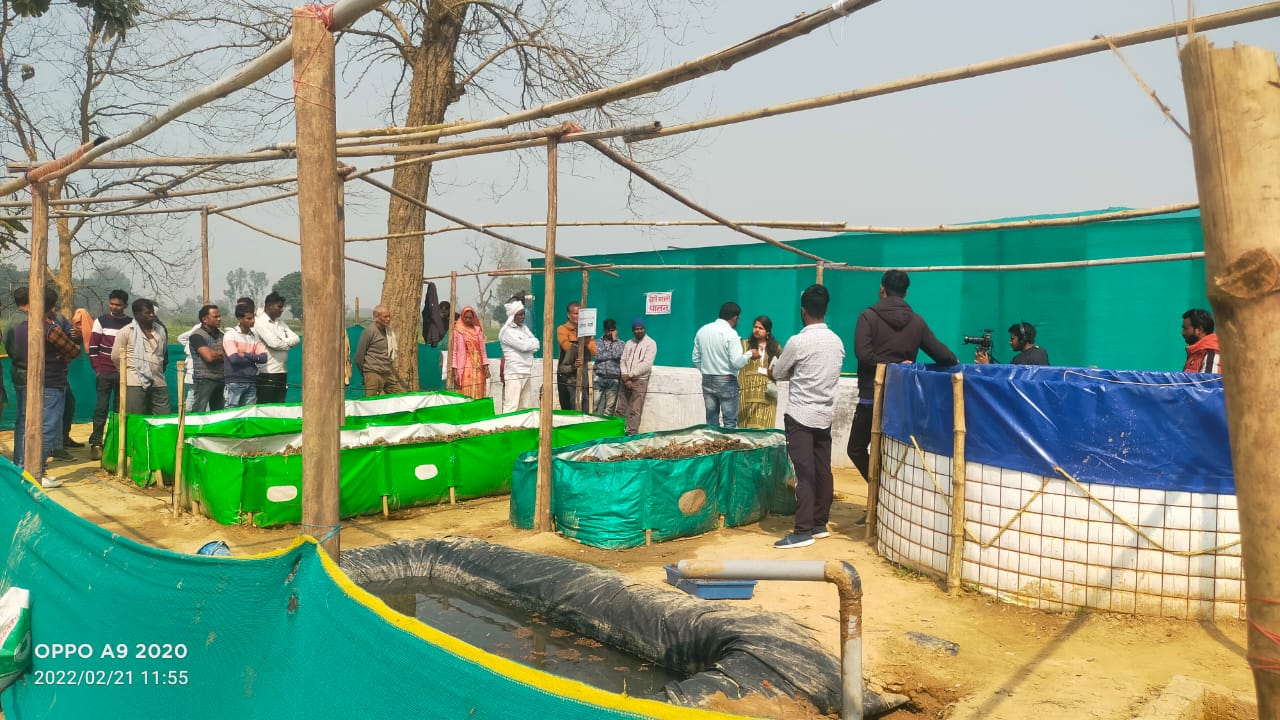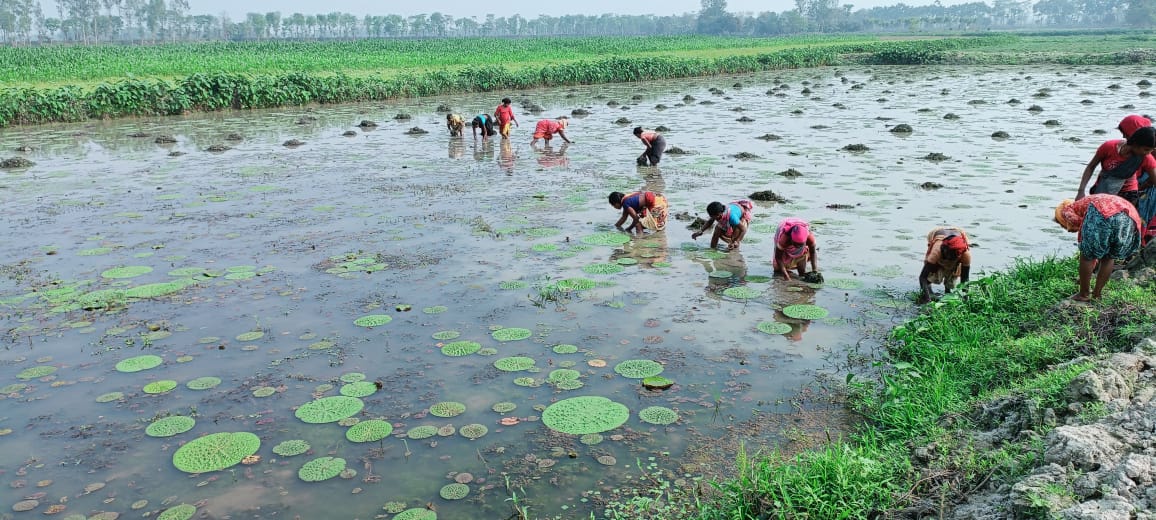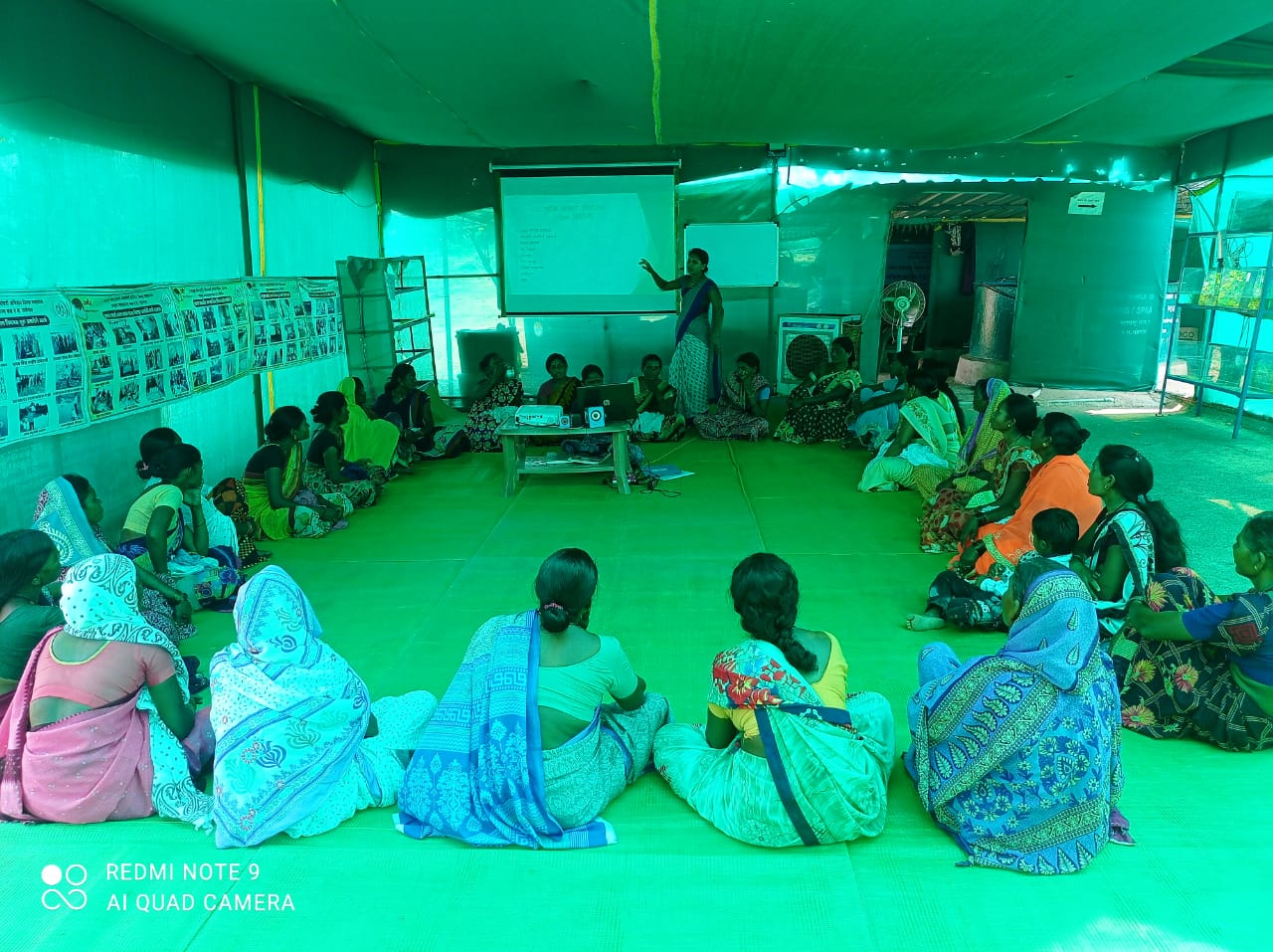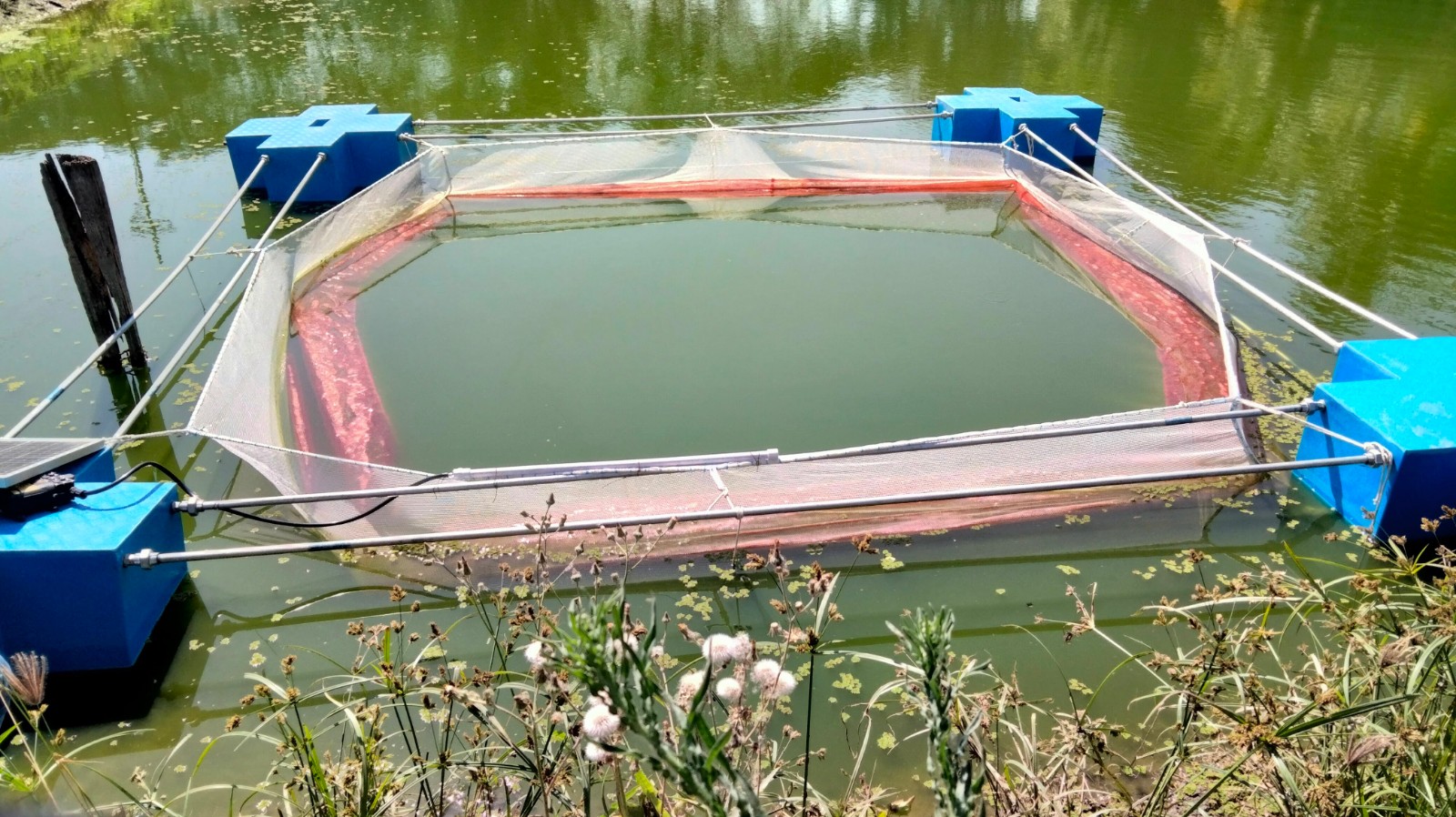Challenge
Despite contributing 70% of fish production in India, freshwater fish farmers are unable to meet livelihood and income security due to the unavailability of timely advisory support and lack of access to quality input, credit and market linkages. Most farmers involved in fish farming are looking for diverse income sources due to smaller land sizes limiting their ability to generate higher incomes. There are a limited number of supply chain-driven startups are working in this aquaculture sector and only a few non-governmental organizations have attempted aquatic livelihood sectoral programs. The fish production takes 8 to 10 months, which reduces learning opportunities for farmers and takes at least 2 to 3 –production cycles for farmers to adopt better management practices.
The fishery and aquaculture sector lack access to capital and financial support from the startup sector. Financing for a large infrastructure project in fisheries is available, but funding for small and marginal farmers generally is not.
Additionally, fishing is identified as a male activity. Despite women playing a crucial role in the fishing industry, their participation is neither socially acknowledged nor economically remunerated.
Solution
Jaljeevika’s AquaECO model facilitates and strengthens the aquaculture value chain and creates a data-driven decision-making support system in the fisheries and aquaculture sector that uses the Internet of Things (IOT) sensor-based pond advisory services and sets up networks of micro-entrepreneurs. This model maintains water quality, as fish farming requires the timely cleaning of water bodies and reduces ammonia and nitrogen generation from the pond.
Jaljeevika mostly works with smallholder fishermen/women in local ecosystems – so there is minimal impact on biodiversity compared to the commercial fishing industry. The model develops microservices to build an ecosystem that will facilitate value chain development across the aquatic livelihood sector. The model also promotes multiple uses of ponds for fish production, azolla, trapa, lotus farming, and makhana. Integrated fish farming allows water from fishing to be reused for agricultural purposes.
Videos
Photos
Click on a photo to view it larger. Right click on the larger version to save it to your computer.





